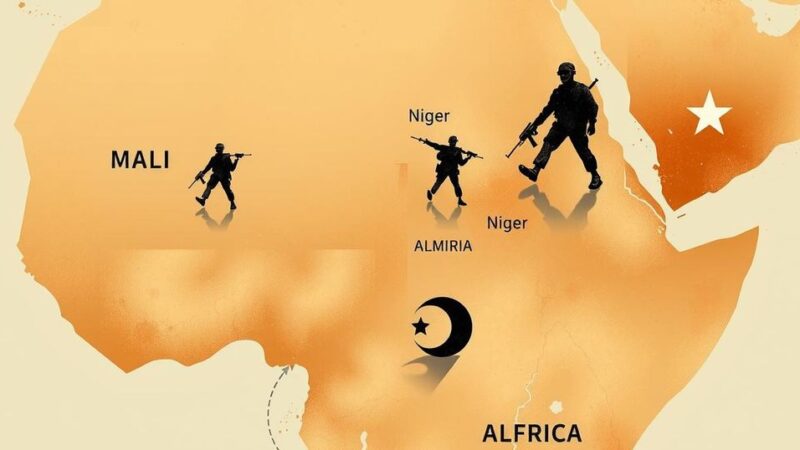The construction of the Bellavista-Mazán-Salvador-El Estrecho highway in Peru threatens Indigenous lands, prompting concerns about social conflict and environmental damage. Indigenous leaders demand proper consultation from the government, which has not adequately engaged affected communities. Legal experts criticize the project’s division into segments as an attempt to obscure impacts and fast-track approvals.
A federal highway project in Peru is inciting controversy as it threatens the lands of Indigenous peoples, including the Maijuna, Kichwa, Bora, and Huitoto. Local organizations and legal experts express concerns that the highway construction will lead to social conflicts, increased crime, and significant environmental damage in the Amazon. While some communities see benefits from the project, they stress the need for proper consultation processes which the government has largely neglected.
As the 188-kilometer Bellavista-Mazán-Salvador-El Estrecho highway construction progresses, Indigenous leaders warn it could facilitate drug trafficking and increase land invasions. Despite the potential benefits of improved access to services and markets, the lack of consultation with surrounding communities has raised doubts about the project’s broader impacts. Only one community has been consulted to date, raising alarms among others who are likely to be affected.
According to José Murayari, vice president of the Organization of the Indigenous Peoples of the Eastern Amazon, “We demand that a sustainable road be built.” He suggests that alternatives, such as an airport, might yield greater economic opportunities without the detrimental effects presented by the highway.
The project, declared a public interest in 2011, has been segmented into four parts—a strategy criticized by legal experts as a way to obscure potential negative impacts and expedite approvals. Environmental organizations express worries about the social and ecological consequences, as illegal activities in the region have reportedly increased with the road’s first segment completion.
Experts assert that the Ministry of Transport’s decision to split the project is a tactic to avoid comprehensive environmental assessments. The ongoing construction has already resulted in heightened concerns over illegal logging, drug trafficking, and violent encounters within Indigenous communities.
Additionally, consultation obligations stipulated by law remain inadequately fulfilled, with the only substantive ongoing process occurring with the Centro Arenal community, which has faced interruptions due to a lack of information from government representatives.
Existing legal frameworks regarding Indigenous consultation are considered flawed, particularly in defining both direct and indirect impact zones, which varies according to the discretion of the Ministry of Transport. This leaves many potentially affected communities uninformed and without a voice in decisions that impact their ancestral territories.
Activists and Indigenous organizations continue to call for a comprehensive approach to addressing the myriad impacts of this development project—an approach they believe is necessary to protect both their rights and the Amazon’s fragile ecosystem.
In summary, the highway construction in Peru evokes significant concern from Indigenous communities and environmental experts due to its potential social and ecological ramifications. The lack of proper consultation processes undermines Indigenous rights, while the government’s strategic division of the project raises questions about accountability and transparency. To ensure just outcomes, it is vital that the government seeks genuine dialogue with communities affected and acting with due diligence regarding environmental assessments.
Original Source: news.mongabay.com






